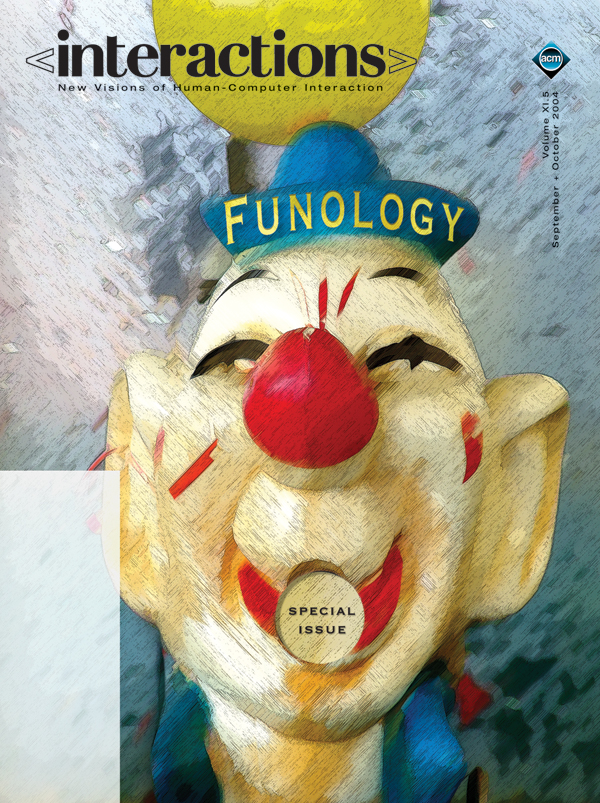Authors:
Stephan Wensveen, Kees Overbeeke, Tom Djajadiningrat, Steven Kyffin
The modernist tradition still drives our society and our scientific endeavors. Modernity stood for technology push, progress through industry, linearity, money, the abstract, and the logical. But it has resulted in a feeling of uneasiness, even coldness. That is why, we think, there is now such a drive to get human and societal values back in the equation: Think of human-centered engineering, the experience economy, funology, and the like. In this article we give an example of the direction interaction-design research might take. We describe an approach that exploits all human skills, including perceptual-motor and emotional skills. We then…
You must be a member of SIGCHI, a subscriber to ACM's Digital Library, or an interactions subscriber to read the full text of this article.
GET ACCESS
Join ACM SIGCHIIn addition to all of the professional benefits of being a SIGCHI member, members get full access to interactions online content and receive the print version of the magazine bimonthly.
Subscribe to the ACM Digital Library
Get access to all interactions content online and the entire archive of ACM publications dating back to 1954. (Please check with your institution to see if it already has a subscription.)
Subscribe to interactions
Get full access to interactions online content and receive the print version of the magazine bimonthly.







Post Comment
No Comments Found